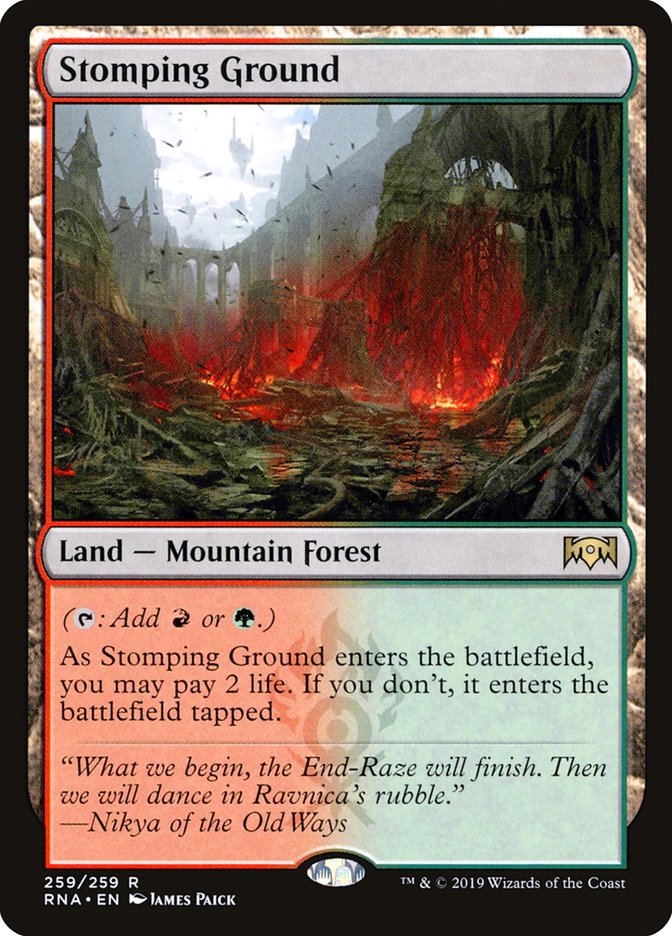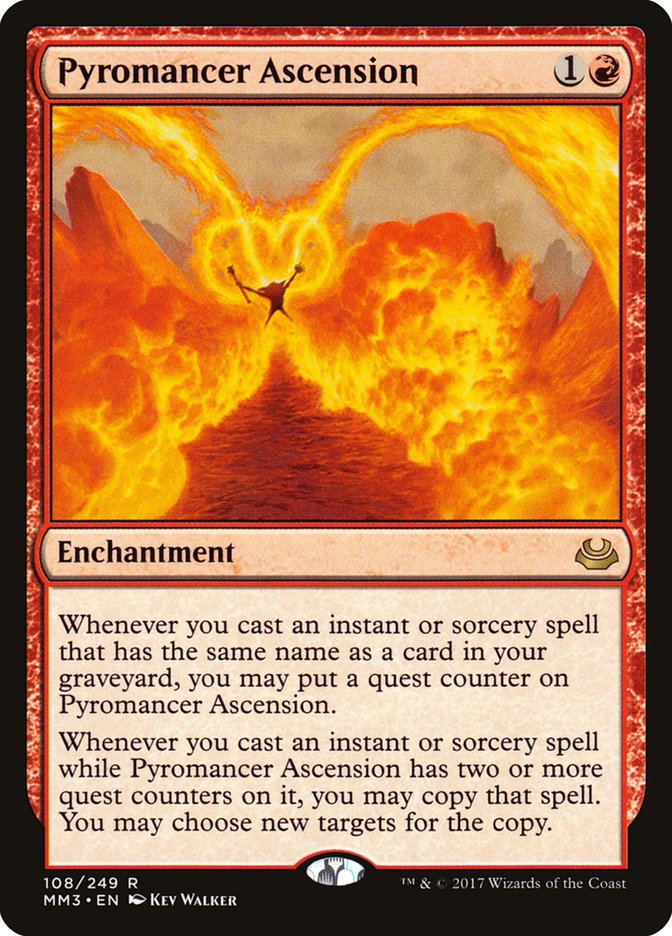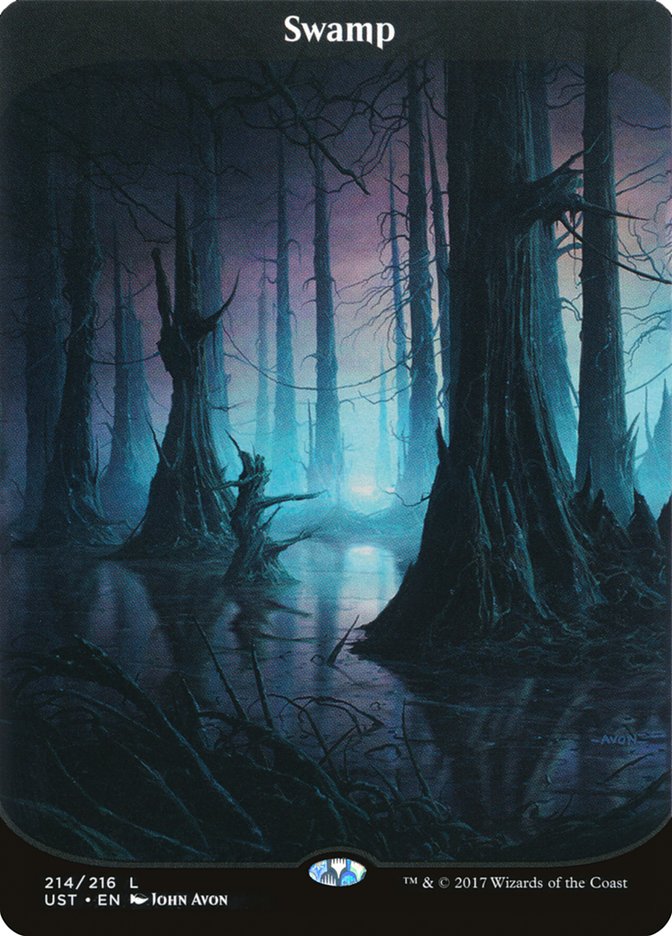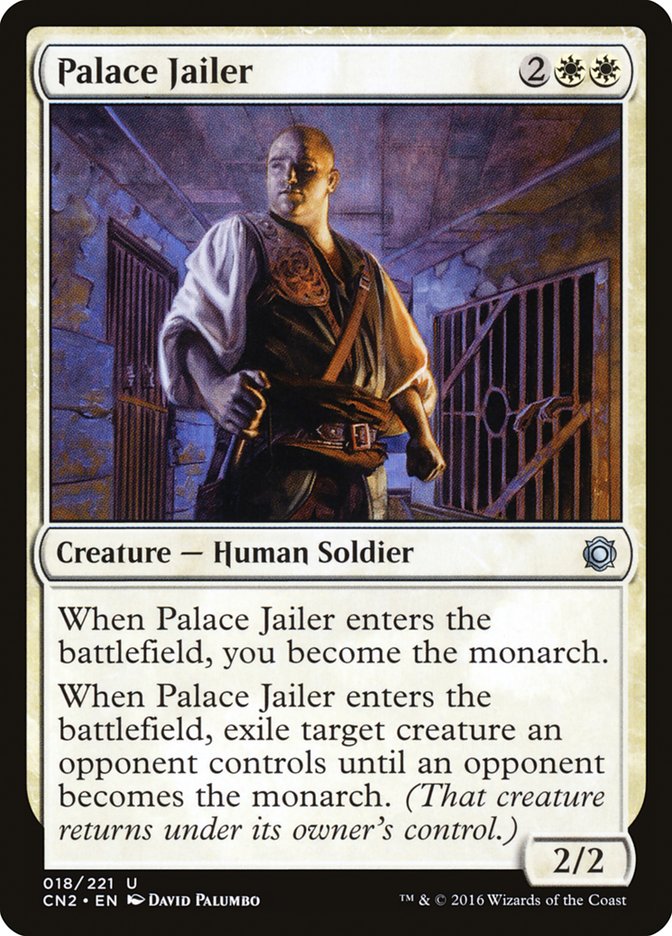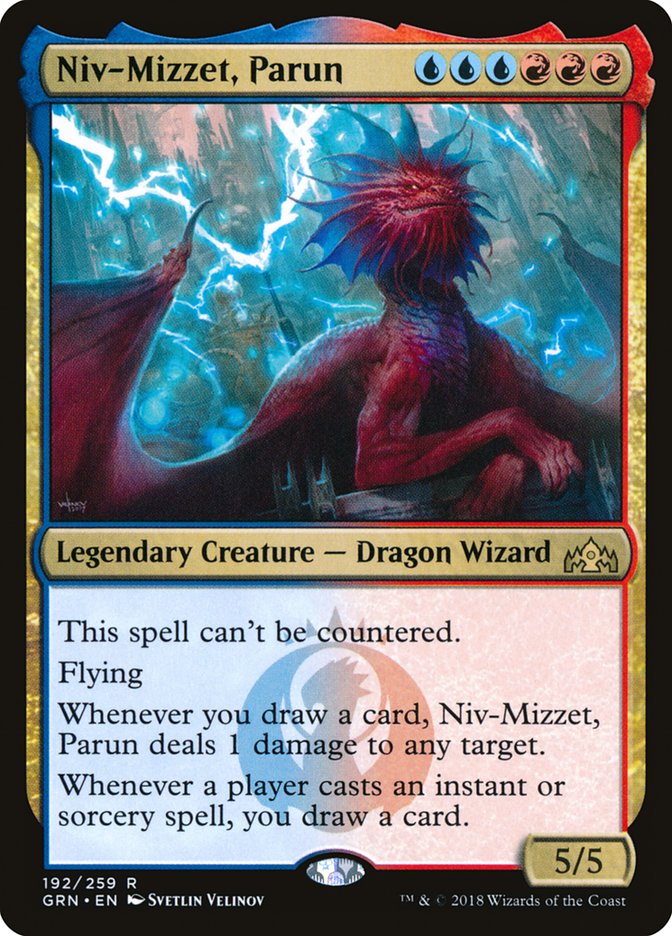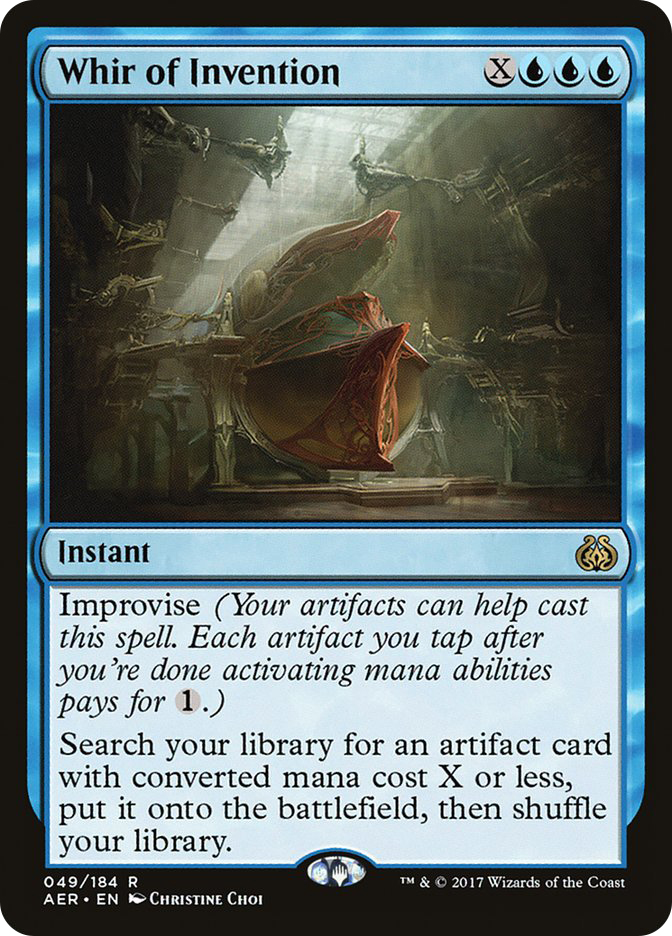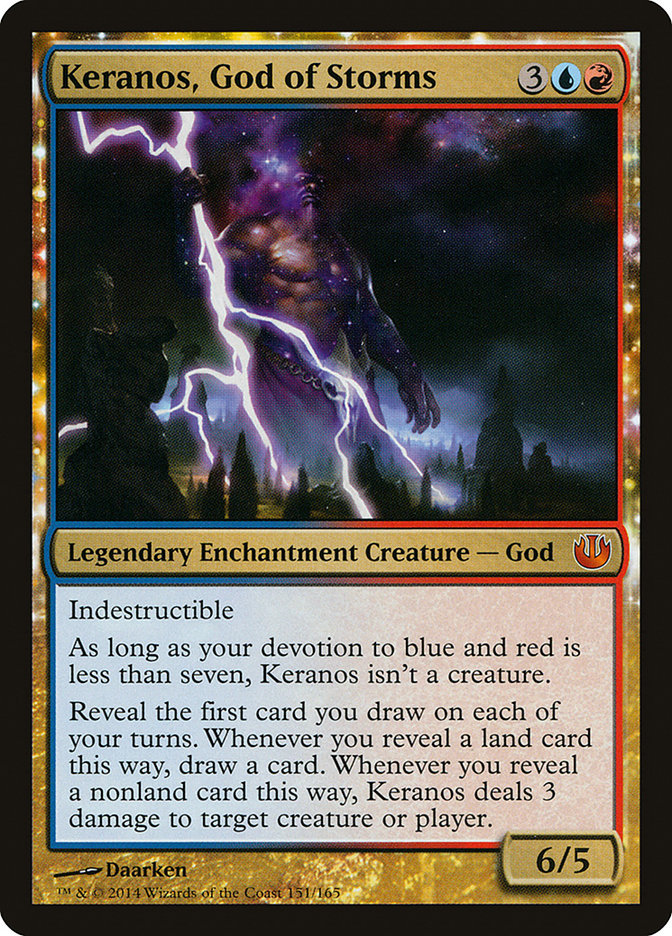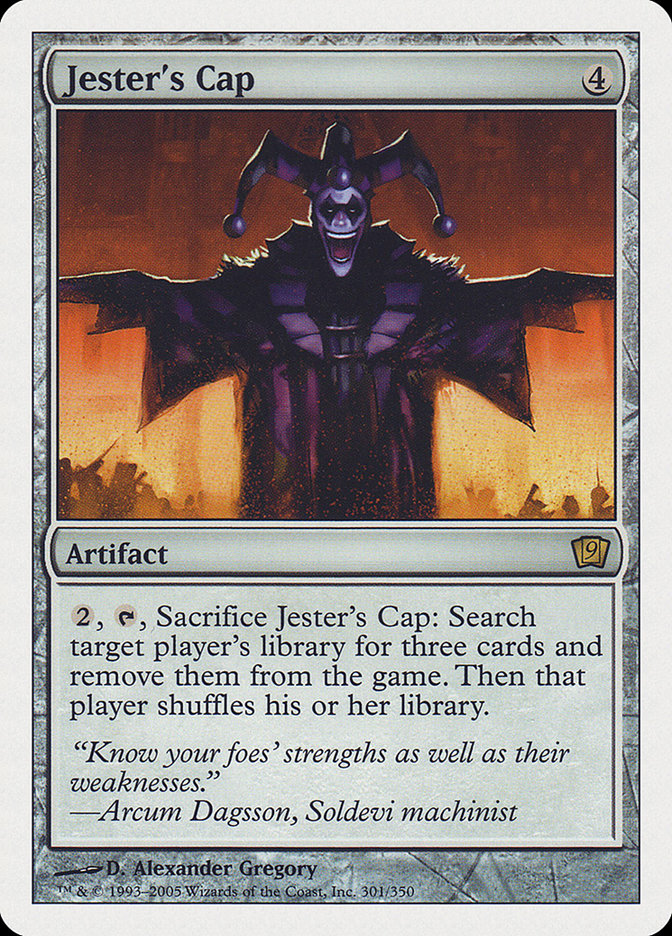This past weekend, I flew to lovely Cincinnati, Ohio to provide commentary for the SCG Cincinnati Team Constructed Open. If you’ve read my post-coverage gig articles in the past, you know that I love to bring back some post-tournament prognostications for my readers. Nothing gives you a clearer picture of where a metagame is headed than being a careful observer of the strategies finding success across eighteen rounds of Magic. As always, my thoughts are delivered in the form of slops and props for individual cards. Carefully consider the concepts discussed here, and you just might find yourself ahead of the field in all three formats for SCG Cleveland’s Open and Classics.
Contenders
The Standard format has finally come full circle.
Creatures (20)
Spells (40)

Creatures (20)
Spells (40)
Sideboard

Competing in the final round of SCG Cincinnati were two fairly different-looking takes on Mono-Red Aggro. Despite cosmetic differences, watching these decks operate all day made one thing crystal-clear: there is no bigger haymaker in the format than Experimental Frenzy. In the semifinals, Gerry Thompson and I watched on in awe as Frank Skarren was able to overcome an incredible start from Brad Carpenter’s Selesnya Tokens deck that involved all four History of Benalias in Brad’s deck entering the battlefield in quick succession. The Experimental Frenzy end-game can beat absolutely anything.
In the early days of the format, Sultai Midrange found itself in a fine position to prey on Experimental Frenzy. As the format has developed, though, Wilderness Reclamation decks have found themselves a foothold, and Esper Control is entirely comfortable playing against Sultai. Simultaneously, a new form of aggro deck has emerged, and it’s one capable of giving Sultai absolute fits (more on this in just a moment).
The absence of its top predator has led to a resurgence in Mono-Red, and Standard players must be sure they are again paying proper respects to the red menace. It would not surprise me at all to see Esper Control loop back to the beginning of the format as well, and dust off its copies of Basilica Bell-Haunt.
Gruul has been part of this format since the beginning, but it has always seemed to be a deck that garnered far more representation on Magic Arena than at paper events. No longer.
Creatures (24)
- 4 Rekindling Phoenix
- 3 Dire Fleet Daredevil
- 4 Goblin Chainwhirler
- 2 Kraul Harpooner
- 4 Gruul Spellbreaker
- 3 Skarrgan Hellkite
- 4 Growth-Chamber Guardian
Planeswalkers (2)
Lands (24)
Spells (10)

Creatures (26)
- 4 Rekindling Phoenix
- 3 Dire Fleet Daredevil
- 4 Goblin Chainwhirler
- 4 Kraul Harpooner
- 4 Gruul Spellbreaker
- 3 Skarrgan Hellkite
- 4 Growth-Chamber Guardian
Lands (14)
Spells (20)
Sideboard

It’s wild how close Teresa’s and Daekyeung’s lists are to one another. Both recognized the power of planeswalkers as sideboard options in the archetype, and Teresa went even further with a maindeck pair of Karn, Scion of Urza. While this deck is happy to end the game on Turn 5, there’s a surprising amount of resilience baked in in the form of sticky threats and secret card advantage tacked on to cards like Goblin Chainwhirler, Growth-Chamber Guardian, and Dire Fleet Daredevil.
Really, every creature in the deck except for Gruul Spellbreaker has the capability to be at least a two-for-one. I had the chance to watch Teresa play several times, and she was able to outgrind “classical” card advantage on a regular basis. This deck is closer to old Standard Jund lists than people give it credit for, and that flexibility may even solidify it as the deck to beat at this weekend’s Mythic Invitational as it moves to the best-of-one Standard format.
While I bristle when people already start to talk about Izzet Phoenix as ban-worthy, there’s no question in my mind that it’s presently the best deck. Things like the seamless shift to Pyromancer Ascension are a big part of the reason why. Last week at GP Tampa, out of the four players who piloted Izzet Phoenix to the elimination rounds, only Matt Costa played a single copy of Pyromancer Ascension.
Creatures (12)
Lands (13)
Spells (35)

This week, it felt like the combo-kill enabling enchantment was absolutely everywhere, led by Pete Ingram’s brilliant list that subtlety altered its composition to maximize its ability to put counters on an Ascension.
Creatures (11)
Lands (13)
Spells (36)

Maindeck Snapcaster Mage (and an additional in the sideboard) helps enable Pyromancer Ascension immensely. Simultaneously, the third Surgical Extraction makes the maindeck to both hold down the mirror and prime Ascension even faster.
While Pete was the only Phoenix pilot to make the Top 8, Matthew Hoey in tenth went as far as three copies of the enchantment. Izzet Phoenix integrated this gameplan so effortlessly because of the consistent nature of its cantrip-based core. I bristle when people describe things as “free” in Magic, but the addition of this powerful new win condition feels very close. For the low cost of two(ish) maindeck slots, you get an absolute mirror breaker and a card that sidesteps much of the targeted hate you should expect as an Izzet Phoenix pilot. I would anticipate heavy doses of Pyromancer Ascension going forward, and success at SCG Cleveland might be predicated on who finds the right answer.
Basic Lands
Over in Legacy, it’s fitting that the oldest pillars of Magic have gotten to take center stage once more. Basic lands are the order of the day, as Izzet Delver has taken Delver decks in a more aggressive direction. We are even starting to see some Stifles again!
Creatures (13)
Lands (14)
Spells (33)

Creatures (14)
Lands (15)
Spells (31)

Eric Rill is an under-the-radar Delver master, and I’d look carefully at what he’s doing here. This deck loves its mana denial plan, but much of that will fade in the face of judiciously constructed manabases. This new pressure point does much to explain the resurgence of Death and Taxes and its zero-fetchland, eleven-Plains manabase at this tournament.
Speaking of Death and Taxes, how is Palace Jailer a real card? Nekrataal with a personal Howling Mine attached does not strike me as remotely fair. If this remains a single-threat format, Palace Jailer should continue to crush. With tribal decks left to the annals of Legacy history, no one short of Young Pyromancer is really going wide enough to consistently reclaim the Monarchy from Death and Taxes.
As mentioned above, Death and Taxes is particularly well-positioned presently. The Top 18 teams at SCG Cincinnati all passed on including a true combo deck in their lineup, and Death and Taxes boasts a fine matchup against Delver’s newfangled mana-denial-based aggressive look. The European contingent has taken to calling this deck Mono-White Control, and I love that philosophy. Erase the idea that this is a “White Weenie” deck from your mind. It has answers for everything an opponent might want to do and combines that with an ability to actually close a game. This is the Legacy control deck you’ve been looking for.
Pretenders
Niv-Mizzet, Parun has mostly settled into a role as a finisher in Temur Reclamation decks, and I just have to ask…why? Every time I saw a Temur Reclamation player navigate their setup phase successfully and get to a point of stabilization, they still had to fade a turn of uncertainty where they had to cast a Niv-Mizzet and hope it lived to block or had to cast a smaller Explosion and hope to find an additional answer.
Please, just cast Nexus of Fate.
Nexus of Fate has the added upside of forcing action on your opponent’s turn or just being a hyper-expensive cantrip. In so many spots where it was clear to me that a single Nexus of Fate would have served up the Azcanta, the Sunken Ruin activation that would have surely won the game, Temur Reclamation players would instead have to cobble together awkward plays with potential fail rates. Especially in Game 1s, where an opponent has sat with a hand full of removal spells with no other targets, Niv-Mizzet is not going to be reliable enough. Even if you think Expansion is indispensable – it’s not – you can still play it along side Nexus of Fate. Don’t force yourself to play on hard mode.
Lands (15)
Spells (45)
- 4 Forest
- 7 Island
- 4 Opt
- 3 Search for Azcanta
- 2 Blink of an Eye
- 4 Nexus of Fate
- 4 Root Snare
- 2 Sinister Sabotage
- 4 Chemister's Insight
- 3 Expansion
- 4 Growth Spiral
- 4 Wilderness Reclamation
Sideboard

All right, look. I’ve basically been conducting the Whir Prison hype train over the past few weeks, and I still believe in the deck. The problem is that Izzet Phoenix is adapting even faster than its predators. The new Pyromancer Ascension focused builds add an angle of attack that Whir Prison can certainly adapt to, but the whole gameplan feels somewhat muddied. Whir Prison will always be linear in nature, and forcing it to adapt on the fly to a new method of victory is a clear recipe for success. Furthermore, Shatterstorm has become industry standard. While some players have made…let’s say, interesting concessions to give themselves outs to Shatterstorm, things are never going to be as easy as they were a few weeks ago.
The cantrip-heavy Phoenix decks will always have the tools to be a step ahead in whatever matchups they choose to account for. Right now, they are accounting for Whir Prison. Time to go back to the drawing board, and please don’t come back with Jester’s Cap next.
I’ll let you in on a little secret. Since Miracles lost its Sensei’s Divining Tops, it’s been a Back to Basics control deck. As Delver decks become lithe and two-colored, and Death and Taxes reclaims metagame share, Miracles loses access to its “I win” button. And without it, it doesn’t really keep pace with the rest of the format. Miracles is starting to feel some of the same pinch that Modern control strategies have felt since the format’s inception. It’s much harder to have all the right answers than it is to ask any given question.
I do think Monastery Mentor instills at least some proactivity. Maybe the deck can push even further in this direction during this period where Back to Basics is at an all-time low. As it stands, though, Miracles is looking for a new focal point yet again.
Keranos, God of Storms and Jester’s Cap
Sometimes the best-intentioned technology just isn’t up to par.



